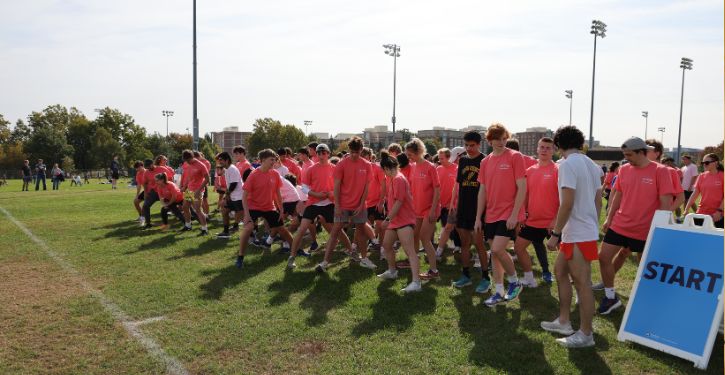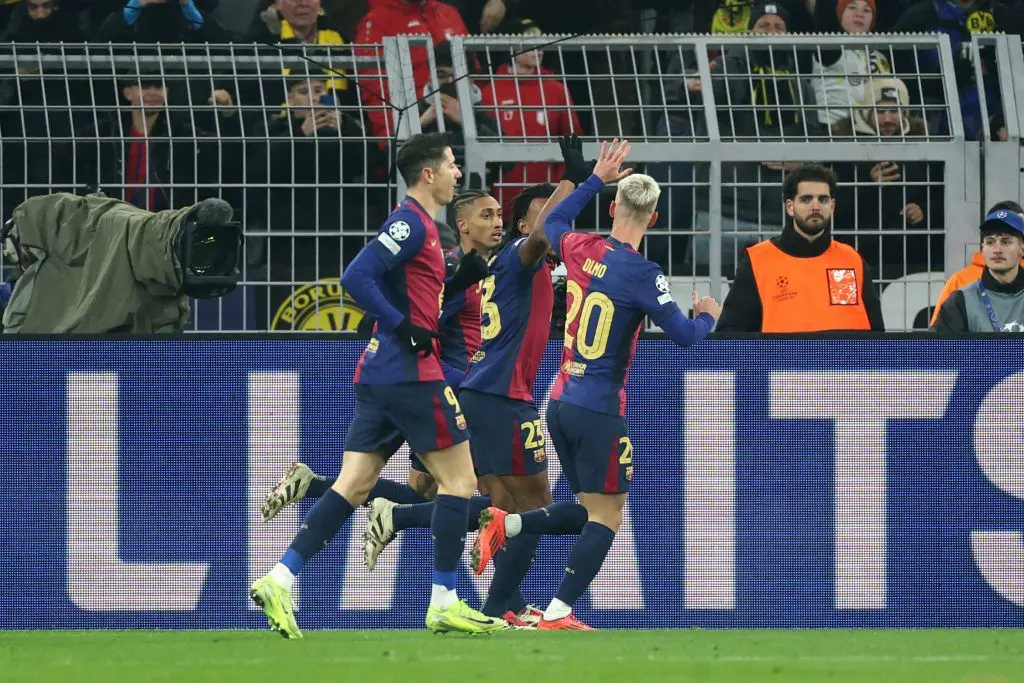Fitness
Penn State Campus Recreation’s Unique Programming Goes Beyond Fitness to Engage All Students

Penn State redefines campus recreation to connect with students beyond the gym through fun events and unique programming.
Pennsylvania State University (Penn State) Campus Recreation has been developing signature and frequent pop-up events. These are intended to engage all students — whether they are new or frequent users — with the department’s offerings. Expanding the offerings beyond traditional fitness opportunities encourages students to join the Campus Recreation community outside of the gym.
“I think a majority of our users come in, use the fitness center and leave,” said Chaelim Nellis, the assistant director of Campus Recreation. “These events are the perfect opportunity for those who want to do more. They can try and experiment for very little cost and we want to make sure they’re aware of everything we have to offer.”
While unique programming does invite students already familiar with the department’s offerings, it also encourages students new to recreation to attend. Offering events centered around what students already enjoy is a way to increase rec department engagement.
Staple Events
Capitalizing on something that people already love encourages engagement from the student population and any visitors. Occurring every year during the fall, Penn State organizes an Ice Cream Mile.
“The ice cream mile happens during parents and family weekend,” explained Nellis. “We have students, parents and alums coming back to campus, so it’s a fun event. You run a mile and you eat a pint of ice cream every time you take a lap.”
During the winter months, Campus Recreation shifts to indoor activities. To keep morale up and students engaged, the department organizes a Battleship event. “We take canoes on the pool and they literally played Battleship by trying to sink each other’s boats,” said Nellis.
Staple programming is fun but these events require months of planning, in-depth collaborations and numerous staff for success. It’s not feasible to have intensive programming consistently as it can burn out staff but also students.
Pop-Up Events
Penn State is starting to turn towards running smaller, more frequent events to maintain student engagement. The less-intensive programming does not require many resources or staff.
“We found that we put a lot of work into our big events — we had a decent amount of students show up — but the amount of time and effort put into it might not always be the best use of resources,” said Steve Kampf, the senior director of Campus Recreation. “We’ve changed our theory from one big event to multiple pop-up events. We’re seeing a good turnout from the monthly pop-up events compared to one big event each semester.”
A recent event before Thanksgiving involved creating cards to express gratitude and for students to take home. Campus Recreation set up tables in the lobby, so students who finished their workouts can jump into crafting.
“You wouldn’t classify it as Campus Recreation but we want to provide that different avenue of what it can be,” explained Nellis.
Lower Commitment
Students enjoy these monthly pop-up events because they require less commitment. The staple events that cost more resources involve signups, clearing your schedule and hours of time. Smaller events with less pressure attract students because they’re able to engage at their own leisure.
“We’re not asking a lot of the students,” said Nellis. “They don’t have to pre-register or put it on their calendar. We look for a day and time that would work best. We have some data and some analytics to make the right decisions on where we know our students will be at that time and date.”
Creative Process
When coming up with ideas for their unique events, Penn State encourages creativity.
Campus Recreation has different work groups for each section of the department, including one for special events. When brainstorming creative and fun event ideas, there’s no bad answer.
“In our creative meetings, we do a lot of just throwing stuff against the wall,” said Nellis. “We’re active on social media to look for ideas that we can tweak and retool in the Penn State way. Once someone has an idea and we all like it, we build and explore.”
After the event work group has developed an idea, they connect with other groups to flush out a plan. This intradepartmental collaboration strengthens both the event and the department as a whole.
Engaging Students
Working with multiple facets of the department allows for Campus Recreation to reach more students. Unique programming draw students to the rec department, a sense of community keeps them coming
“We bring them into the tent with s’mores and rock paint,” said Nellis. “Then we ask the students, ‘What are you interested in? Do you like to work out? Do you like to do outdoor adventures?’”
Building a sense of community around campus recreation is ultimately what keeps students engaged. Whether it’s through traditional fitness or fun out-of-the-box events, Penn State is dedicated to creating programming that all students find interesting.
“We hit up over 75% of the campus throughout the year,” said Kampf. “We’re trying to find out how we can get the other 25%. Programs like this help you reach students that usually don’t participate and might want to check out.”
Want more insight on fun and unique programming? Sign up for a digital subscription here.






:max_bytes(150000):strip_icc():focal(564x685:566x687)/dallas-fire-burns-pet-shop-1425-eb5ba5886ba24eb69e88e9d51c323868.jpg)

